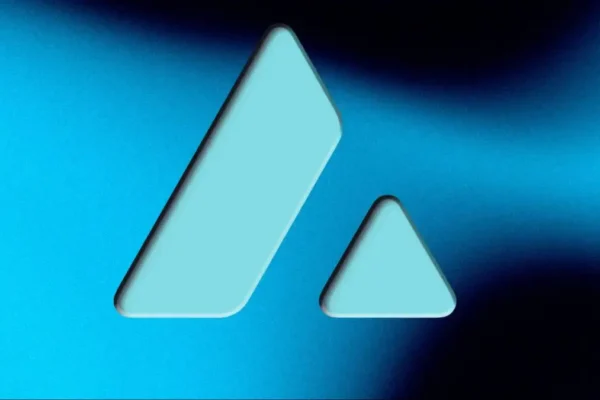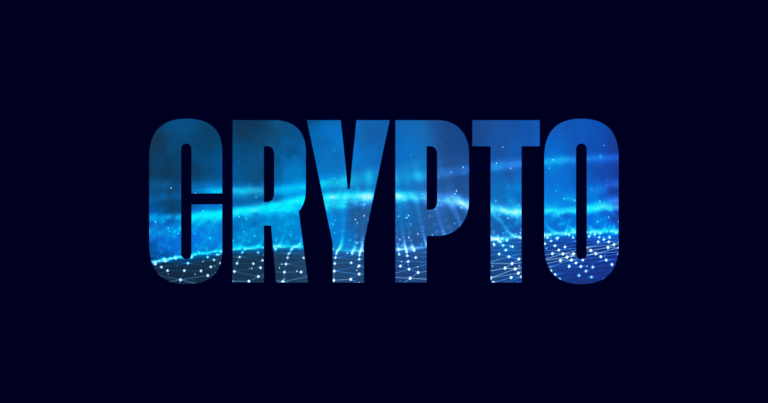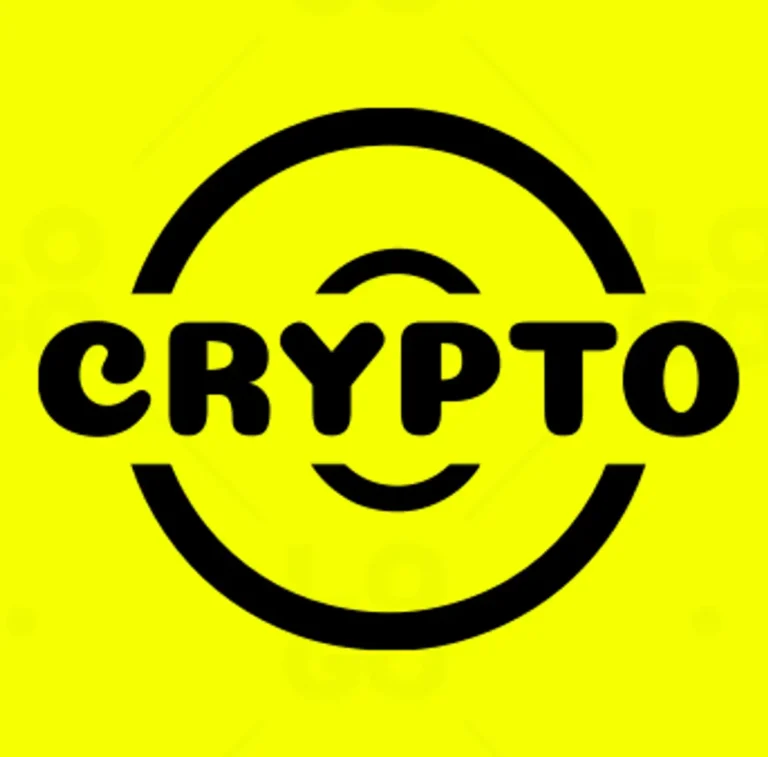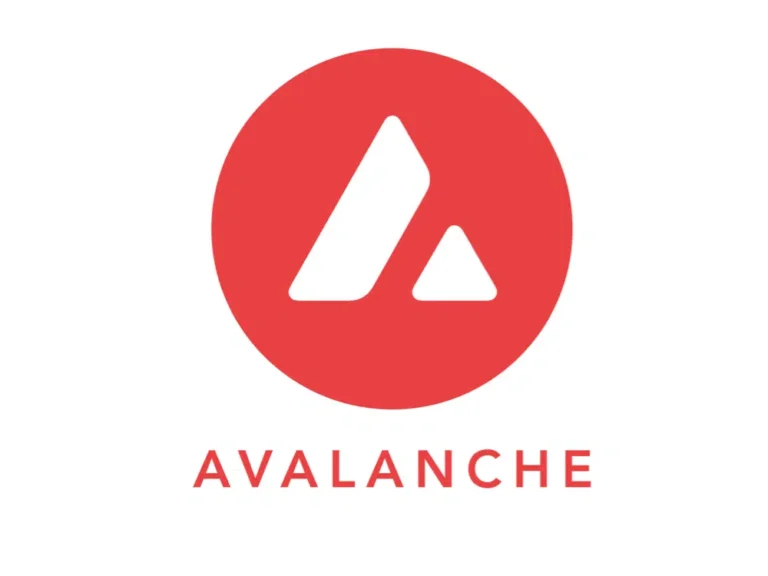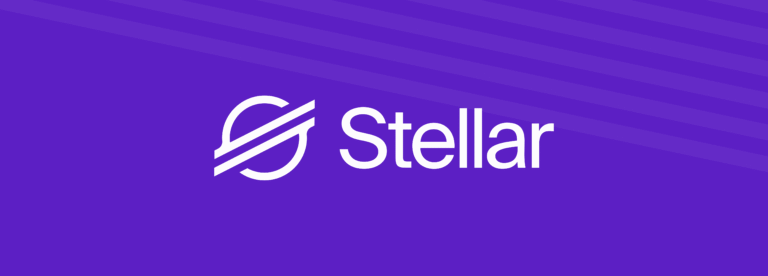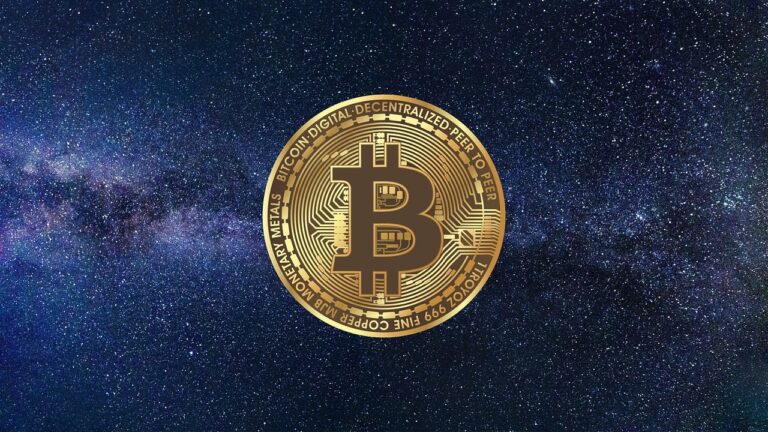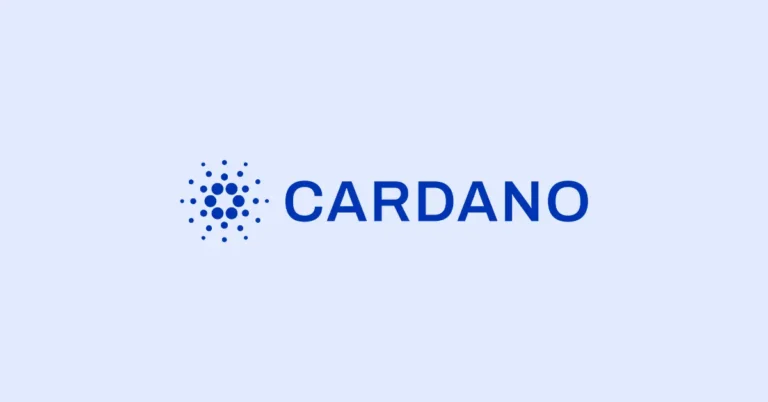
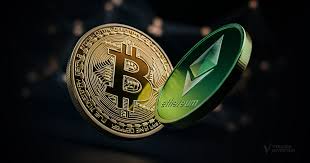
Top 10 Differences Between Bitcoin and Ethereum
Key Takeaways: Top 10 Differences Between Bitcoin and Ethereum in 2025–2026 Bitcoin and Ethereum are the two most prominent cryptocurrencies, but they serve different purposes and operate on distinct blockchain architectures. Understanding their key differences is crucial for investors, developers, and enthusiasts navigating the crypto landscape in 2025–2026. 1. Primary Purpose Bitcoin was created as…

What Is a Stablecoin?
Key Takeaways: What Is a Stablecoin? Exploring Stable Digital Assets in 2025–2026 As cryptocurrency markets evolve in 2025 and 2026, stablecoins have become a cornerstone of digital finance. Unlike traditional cryptocurrencies such as Bitcoin or Ethereum, which are known for their price volatility, stablecoins are designed to maintain a stable value, usually pegged to a…
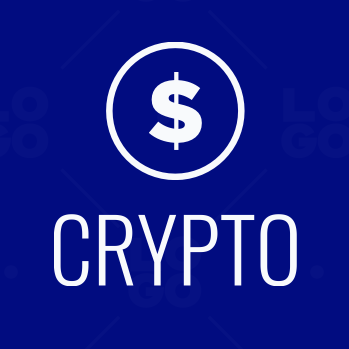
How to Track Your Crypto Portfolio
Key Takeaways: How to Track Your Crypto Portfolio in 2025 and 2026 With the crypto market evolving rapidly in 2025 and 2026, tracking your portfolio has become more crucial than ever. Investors now hold diverse assets across multiple chains, decentralized exchanges, and emerging DeFi platforms. Without proper tools and strategies, it’s easy to lose visibility…
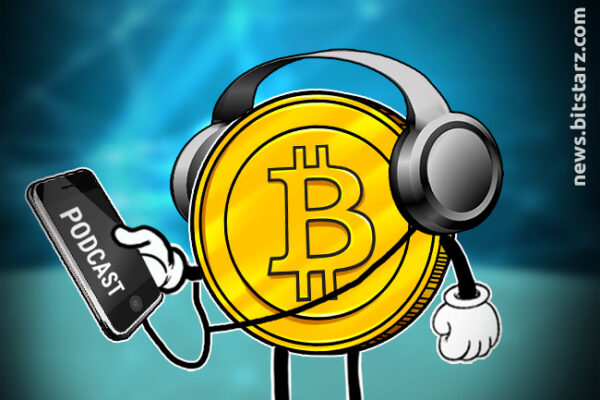
Top 10 Crypto Podcasts Worth Listening To
Key Takeaways: Top 10 Crypto Podcasts Worth Listening To in 2025–2026 As the cryptocurrency landscape continues to evolve, staying informed is critical for both investors and enthusiasts. Podcasts have emerged as one of the most accessible ways to understand blockchain trends, DeFi, NFTs, and market developments. In 2025–2026, certain crypto podcasts stand out for their…
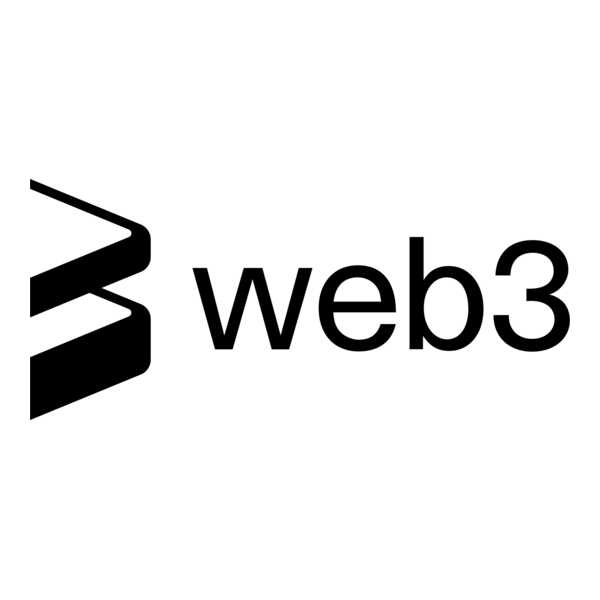
What Is Web3?
Key Takeaways: What Is Web3? Understanding the Next Generation of the Internet in 2025–2026 As we move through 2025 and look ahead to 2026, Web3 continues to reshape the digital landscape. Often described as the next generation of the internet, Web3 represents a shift from centralized platforms to decentralized networks where users have more control…

How to Use Decentralized Exchanges
Key Takeaways: How to Use Decentralized Exchanges in 2025 and 2026 As the crypto ecosystem matures in 2025 and 2026, decentralized exchanges (DEXs) are becoming an essential tool for traders and investors seeking autonomy, transparency, and faster access to emerging tokens. Unlike centralized platforms, DEXs operate without intermediaries, enabling peer-to-peer transactions directly on blockchain networks….

Top 10 DeFi Projects Changing Finance
Key Takeaways: Top 10 DeFi Projects Changing Finance in 2025–2026 Decentralized finance (DeFi) continues to redefine the financial landscape, offering transparent, borderless alternatives to traditional banking and investment systems. As we move into 2025–2026, certain DeFi projects are leading the way in shaping a more inclusive and efficient financial ecosystem. For investors and crypto enthusiasts…

What Is a DAO?
Key Takeaways: What Is a DAO? Exploring Decentralized Autonomous Organizations in 2025–2026 In 2025 and heading into 2026, DAOs—Decentralized Autonomous Organizations—have become central to the evolution of blockchain governance and community-driven finance. As more crypto projects and Web3 initiatives adopt decentralized decision-making, understanding how DAOs function is crucial for investors, developers, and enthusiasts looking to…

How to Avoid Crypto Scams in 2025 and 2026
Key Takeaways: As cryptocurrencies continue to grow in popularity through 2025 and 2026, investors face an ever-evolving landscape of opportunities—and risks. While the market offers exciting prospects for growth, it also attracts scammers and opportunistic actors exploiting hype, misinformation, and technical complexity. Understanding the warning signs and practicing smart, proactive habits is essential to protect…

Top 10 Ways to Earn Passive Income with Crypto
Key Takeaways: Top 10 Ways to Earn Passive Income with Crypto in 2025–2026 The crypto ecosystem continues to evolve at an unprecedented pace, offering investors new ways to grow their wealth. By 2025, passive income strategies in crypto have become more sophisticated, combining high-tech solutions with tried-and-true methods to maximize returns. For anyone looking to…
